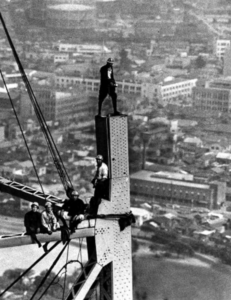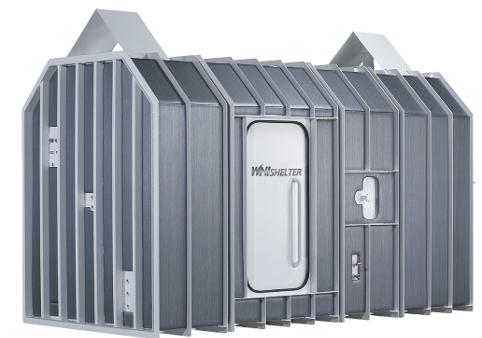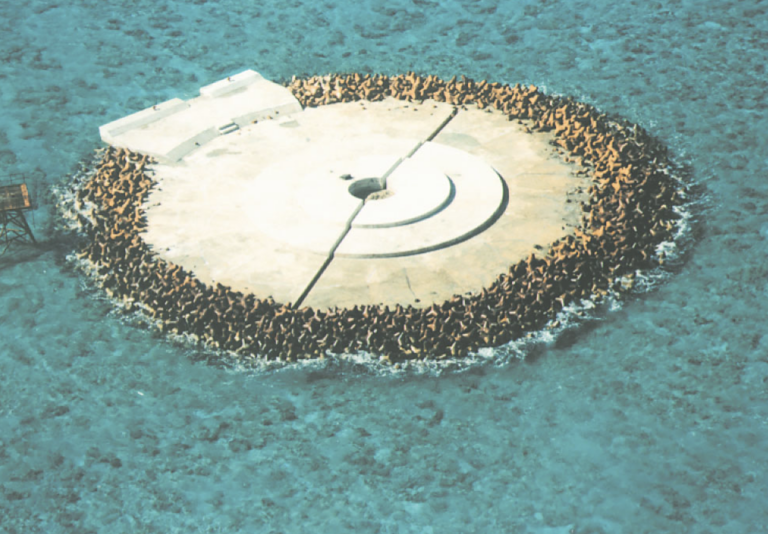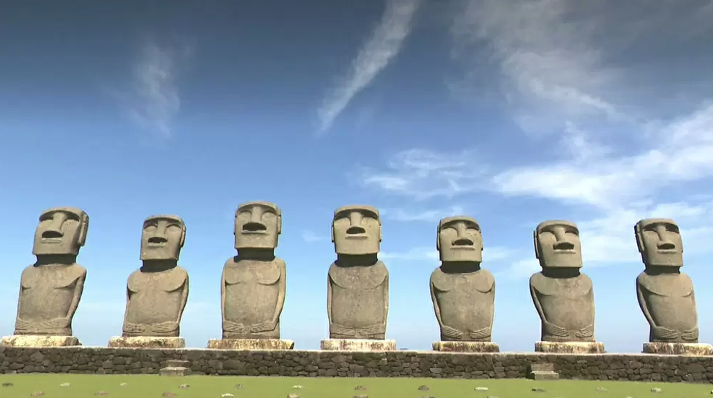Can it ever be the same again? The construction of Tokyo Tower is legendary.
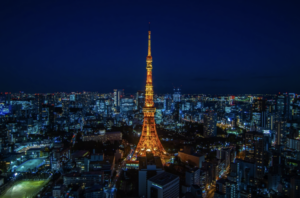
Have you ever heard of Tokyo Tower, the symbol of Tokyo? Completed in December 1958, it is a 333-meter-high radio tower. At the time of its completion, it was the tallest structure in Japan.
Since it was taller than the surrounding buildings, it became a symbol of Tokyo because it allowed people to see various parts of the city and was beautiful to look at. At present the much taller radio tower, Tokyo Skytree, is 634 meters high, so the presence of Tokyo Tower has faded, but it is still loved because of its beautiful design.
It is said that Tokyo Tower can no longer be built in the same way today because of the construction conditions that are now considered legendary.
The following is an explanation of the conditions under which the tower was constructed. I hope it helps you to feel the spirit and persistence of Japanese people.
Impossible completion date
Construction started in June 1957 and finished in December 1958. Unbelievably, this huge structure was completed in one and a half years.
In Japan, steeplejacks and scaffold workers are called “tobi-shokunin”, and Goro Kiryu, a tobi-shokunin who was 25 years old, became the head of the site and started the work with 20 craftsmen.
Naturally, each family probably had other cooperation, but such a large construction project was done by a relatively small number of people, and it was done in a short period of one and a half years. This is also a surprise in an era when, unlike today, there were not many large machines.
“We are going to make a symbol of Japan with our own hands!”
I think it is persistence rather than spirit.
As you can see in the photo, Tokyo Tower is a steel-framed building, but there were virtually no safety measures in place at the site: no nets to prevent falling, no safety belts or handrails at all. Yes, it was a hellish site where death was certain if you stepped off the thin steel frame.
Tokyo often has strong winds, but the work continued as long as the wind speed was below 15 meters per second (around 54 km/h). This wind speed is enough to issue a strong wind warning in which a signboard could be blown off a building. If the wind speed did not get that high, they worked at high altitudes without any safety measures.
Unfortunately, a tragic accident occurred in which one of the workers fell to his death due to strong winds, but, remarkably, there was only one accident in such a dangerous situation.
The process of throwing heated iron up from below
The Tokyo Tower is composed of steel frames fastened together with rivets. A hot rivet is inserted into a hole, and the tip is hit to crush and secure it. Unlike bolts, rivets were used extensively for Tokyo Tower because they did not loosen. One of the most awe-inspiring aspects of the work was how to make the rivets hot enough on site.
The rivets were heated on the ground, and when they reached the right temperature, they were grabbed with iron chopsticks and thrown to the workers waiting on the site above. The workers caught the rivets using a tub.
I understand that the work can be done this way while the rivets are hot, but I can’t help but think how unusual it is considering the incredible control of the person down below initiating the throw and the scenario whereby the person catching the rivet could fall if they lost balance!
As the work progressed, the site moved up higher and higher. When that happened, they sent them up in a relay style, throwing them from the bottom to the top and then further up.
Incidentally, the technical skill of this riveting work was so precise that there are no longer any craftsmen who can rivet with the same precision.
Tokyo Tower truly is a structure created by insane Japanese people. As you look at the beautiful, illuminated figure, I hope you feel a sense of wonder at how incredible it was for the work to be completed at such heights without safety measures.
Nowadays, such work methods would never be allowed, so it would be impossible to erect a TV tower with so much thought put into it by the workers.
ABE KENGO


